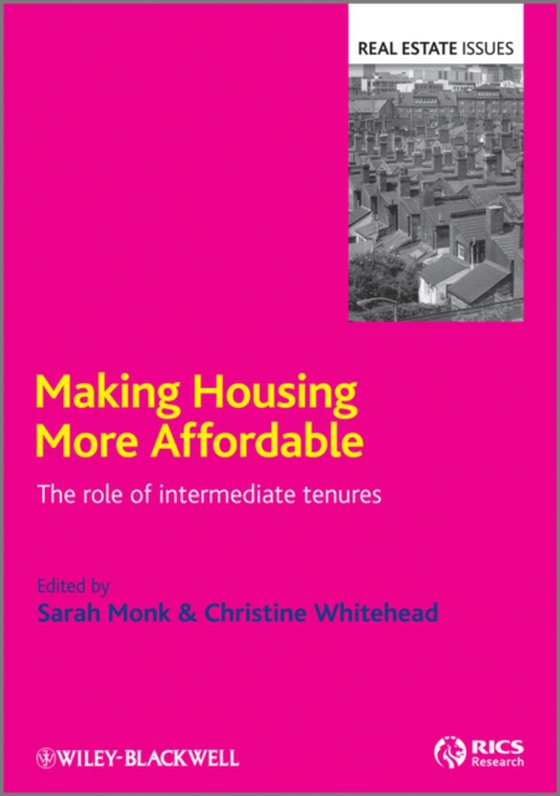
Making Housing more Affordable e-bog
948,41 DKK
(inkl. moms 1185,51 DKK)
The movement away from traditional rented approaches to meeting the housing needs of those on modest incomes has taken on new momentum in the latest economic cycle. This book answers some of the questions around affordable housing and low cost home ownership, and whether these intermediate tenures have the potential to play a longer term role in achieving sustainable housing markets. The ed...
E-bog
948,41 DKK
Forlag
Wiley-Blackwell
Udgivet
28 juli 2010
Genrer
AMKD
Sprog
English
Format
pdf
Beskyttelse
LCP
ISBN
9781444327861
The movement away from traditional rented approaches to meeting the housing needs of those on modest incomes has taken on new momentum in the latest economic cycle. This book answers some of the questions around affordable housing and low cost home ownership, and whether these intermediate tenures have the potential to play a longer term role in achieving sustainable housing markets. The editors clarify the principles on which the development of affordable housing and intermediate tenures has been based; analyse the policy instruments used to implement these ideas; and make a preliminary assessment of their longer tem value to households and governments alike. Making Housing More Affordable: the role of intermediate tenures brings together an evidence base for researchers and policy makers as they assess past experience and work to understand future options. The book draws mainly on experience of the intermediate housing market in England but also on examples of policies that have been implemented across the world. It clarifies both the challenges and the achievements of governments in providing a well operating intermediate market that can help meet the fundamental goal of a decent home for every household at a price within their means . The first section outlines the principles and practice of intermediate housing and examines the instruments and mechanisms by which it has been provided internationally. The next section estimates who might benefit from being in intermediate housing and projects the take-up of different products in the future. Section III examines the supply side and Section IV introduces some case studies of who gets what. The final section looks at how effectively the intermediate market operates over the economic cycle.
 Dansk
Dansk

